
An atmospheric river will bring heavy rainfall to lower elevations of California this week, and heavy snow to the Sierra Nevada mountains. Flash flooding, some of which may be locally considerable, will be a concern on the western foothills of the Sierra Nevada mountains through Tuesday. Landslides, rockfalls and mudslides are possible in the Southern California mountains. Read More >
Overview
February 8-9, 2018 - A slow-moving winter storm brought heavy snow to parts of northeast Wyoming and western South Dakota. Snow began early February 8 dropping several inches of snow across northwest South Dakota. Warmer air moved in above the ground. Some of the precipitation turned to sleet and freezing rain over the Black Hills and adjacent plains during the afternoon and early evening February 8.
A secondary wave of energy moved through at night which pushed bitterly cold arctic air into the region. It also changed changed precipitation to all snow. The heaviest snow fell the night of February 8 into the morning of February 9. The heaviest snow fell from Gillette, WY to Hot Springs, SD to Porcupine, SD.
Clearing skies over the fresh snow cover created bitterly cold low temperatures by the morning of February 10.
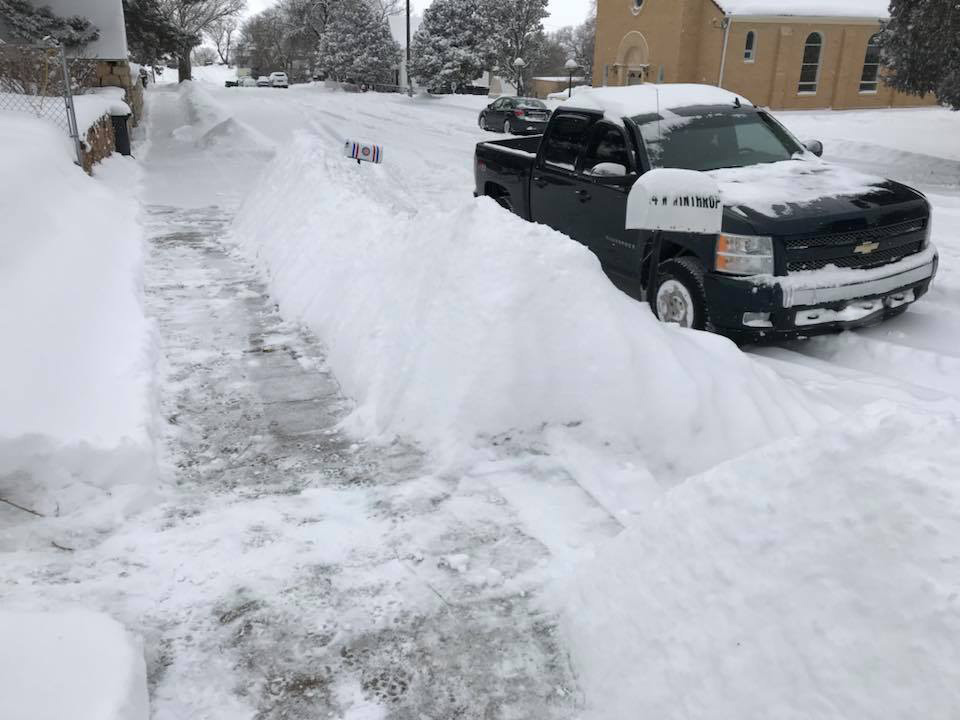 |
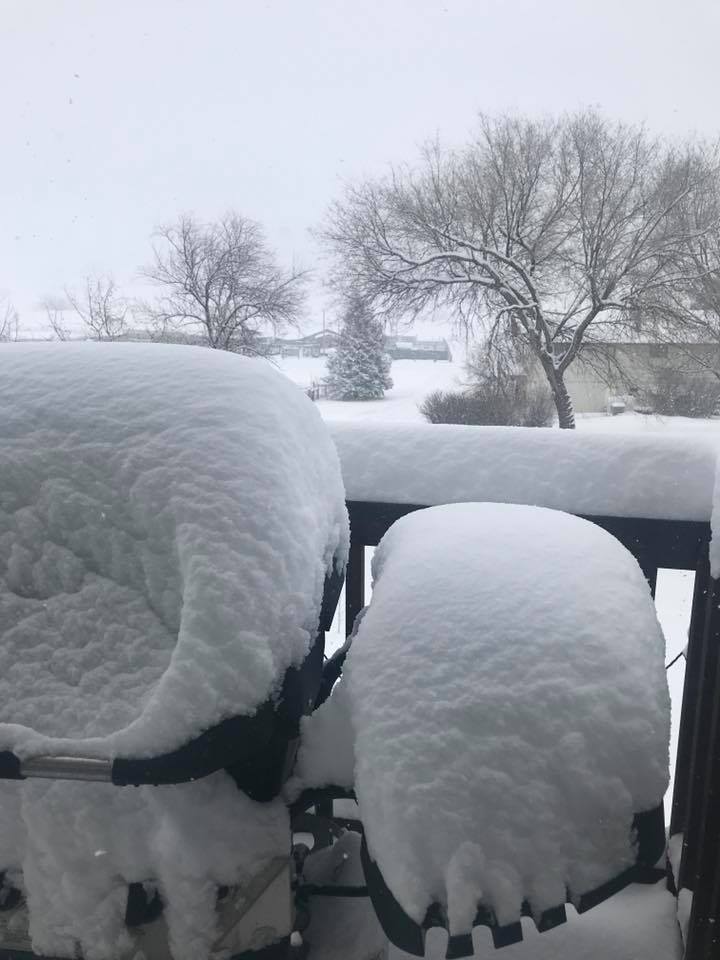 |
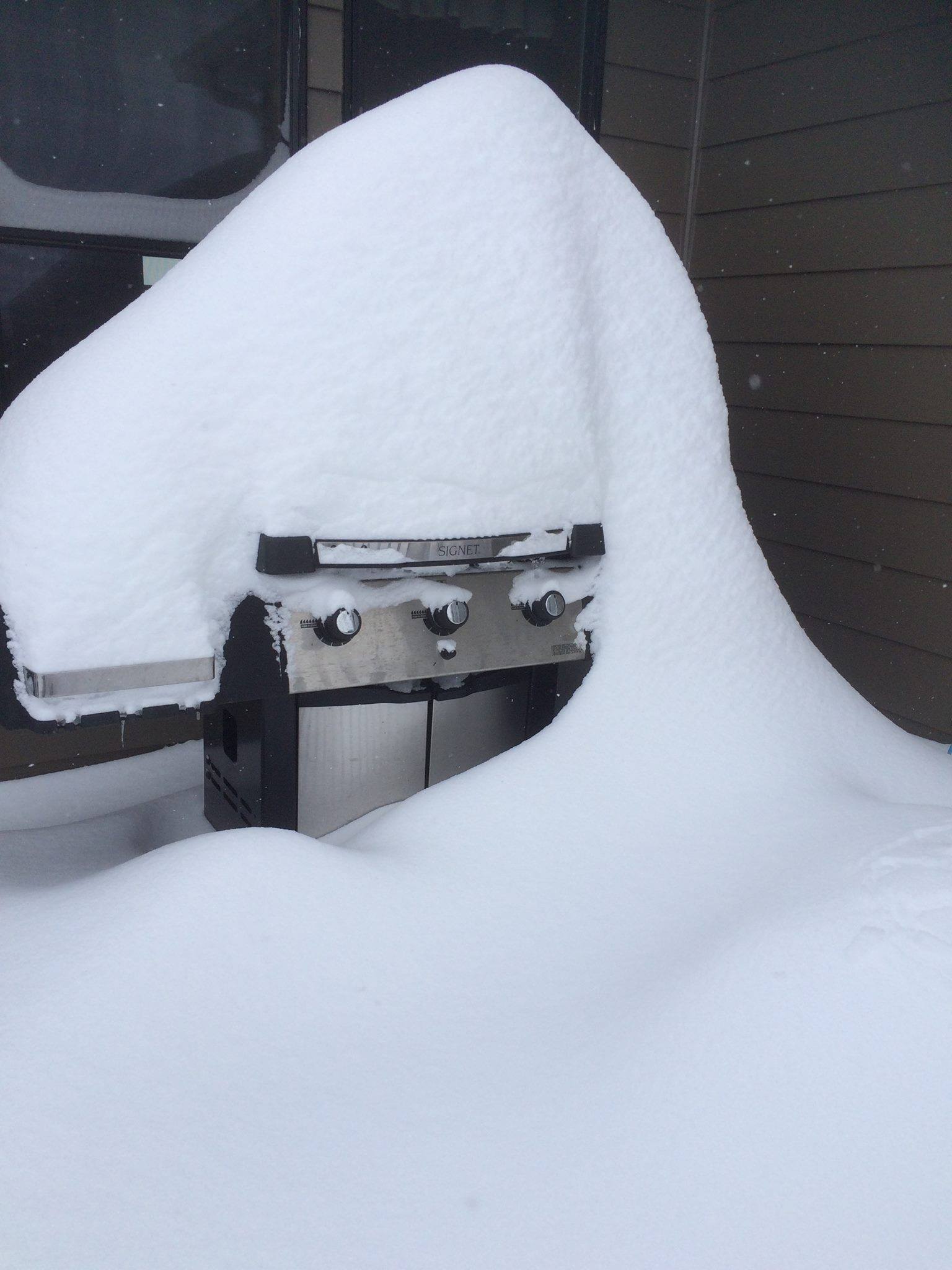 |
| Newcastle, WY Courtesy Aaron N. | Hot Springs, SD Courtesy Jessica M. | Southern Harding County, SD Courtesy Meria S. |
Photos:
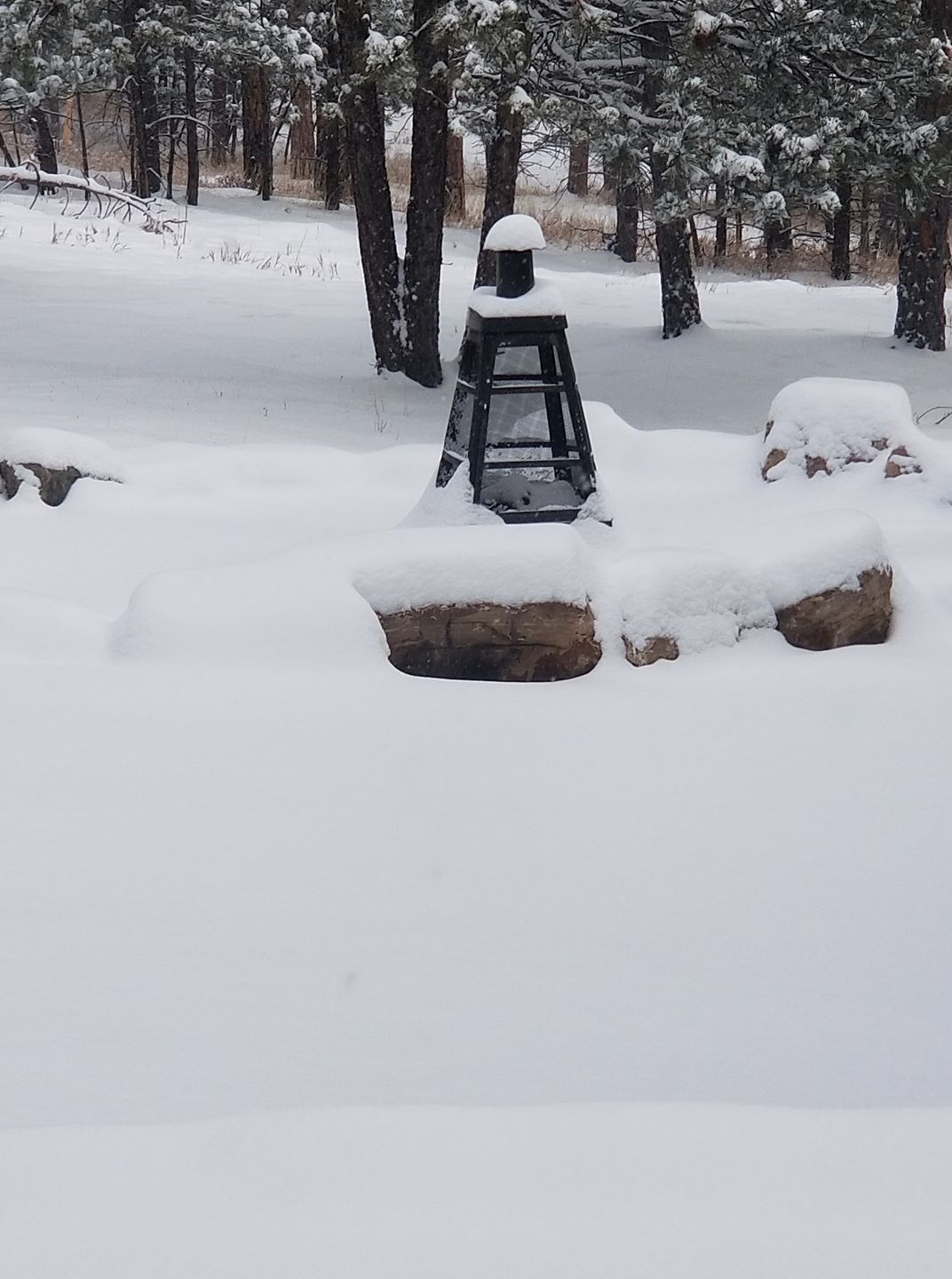 |
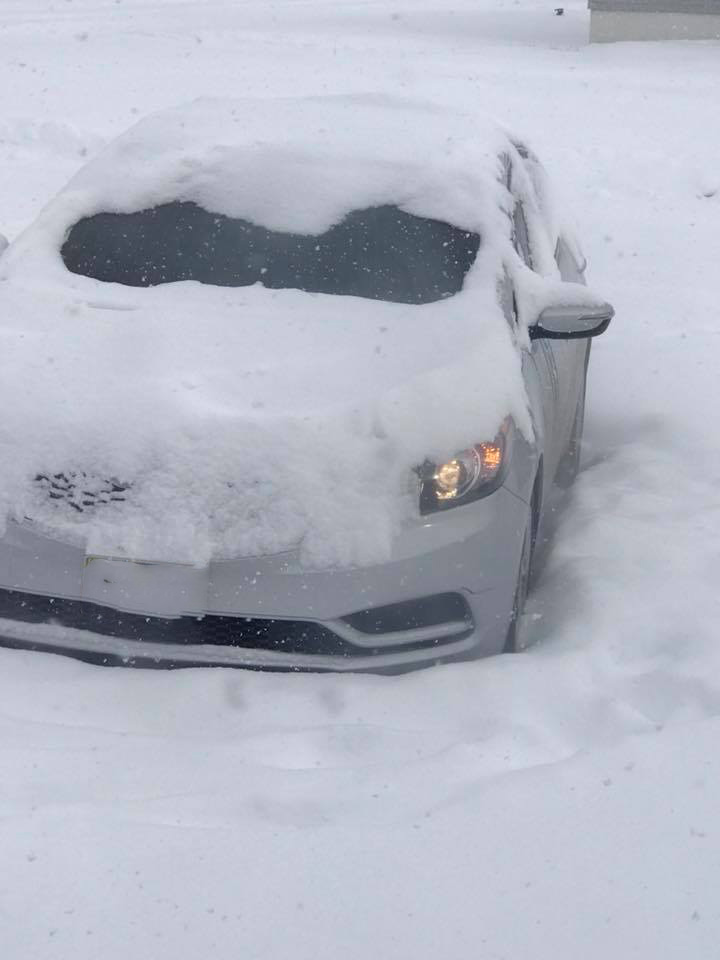 |
 |
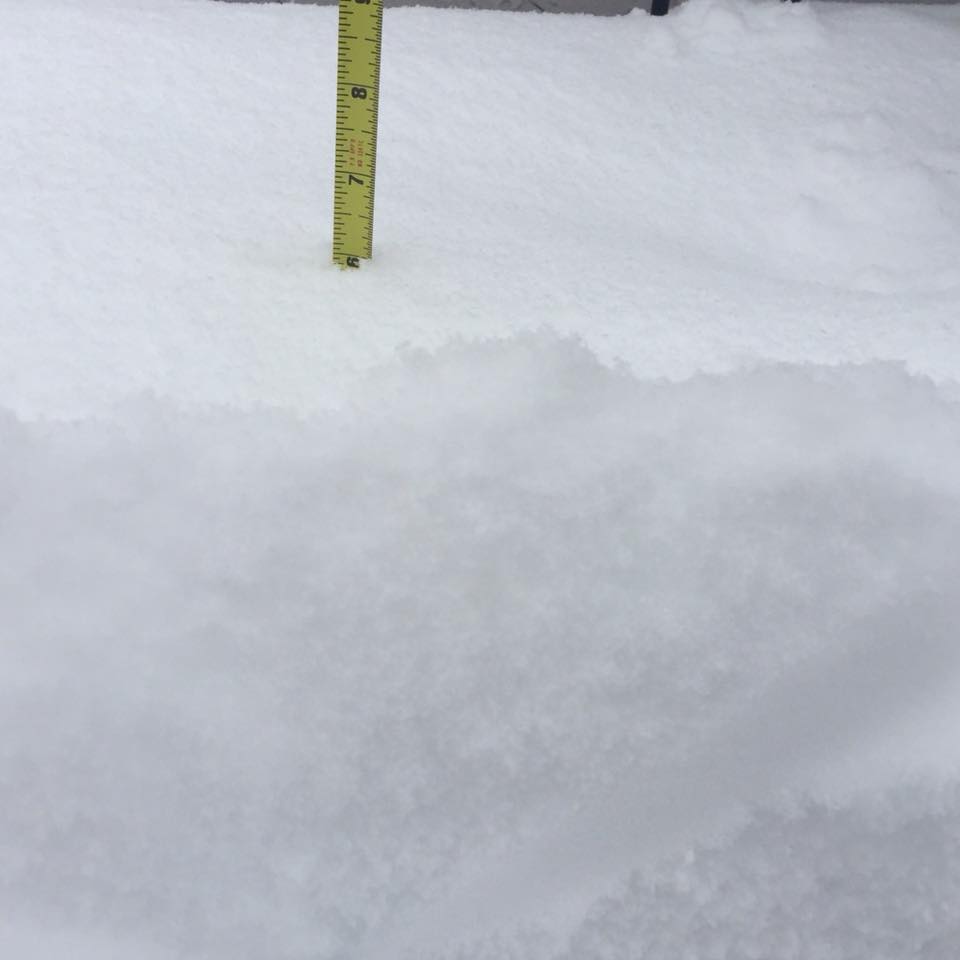 |
| Between Piedmont and Tilford, SD Courtesy Angie S. | Gillette, WY Courtesy Daren W. | Wall, SD Courtesy Jason A. | Gillette, WY Courtesy Debbie S. |
Header
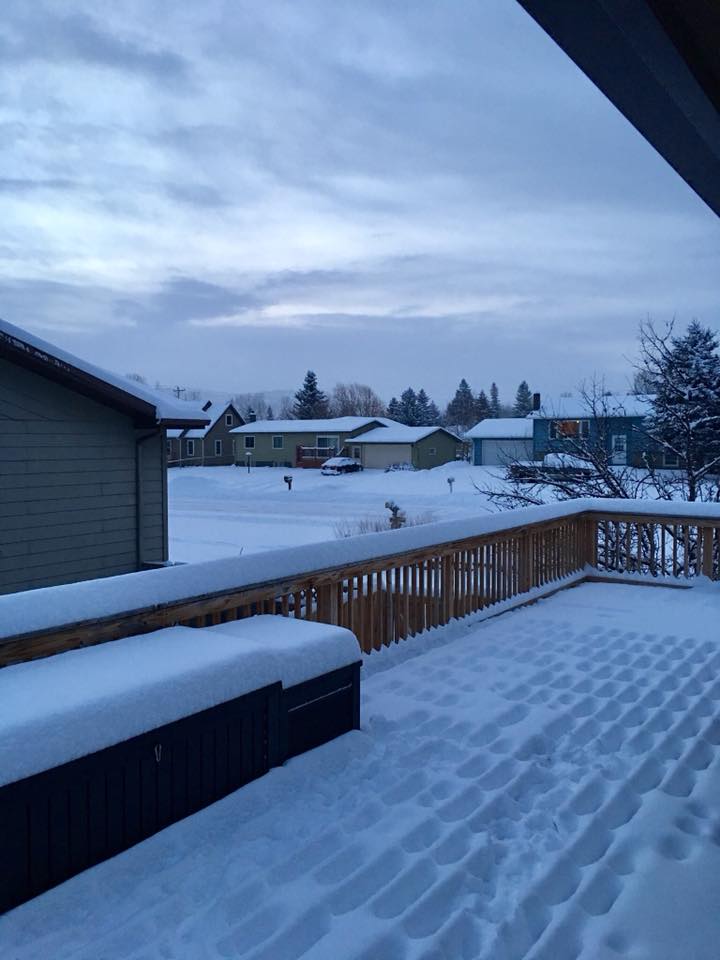 |
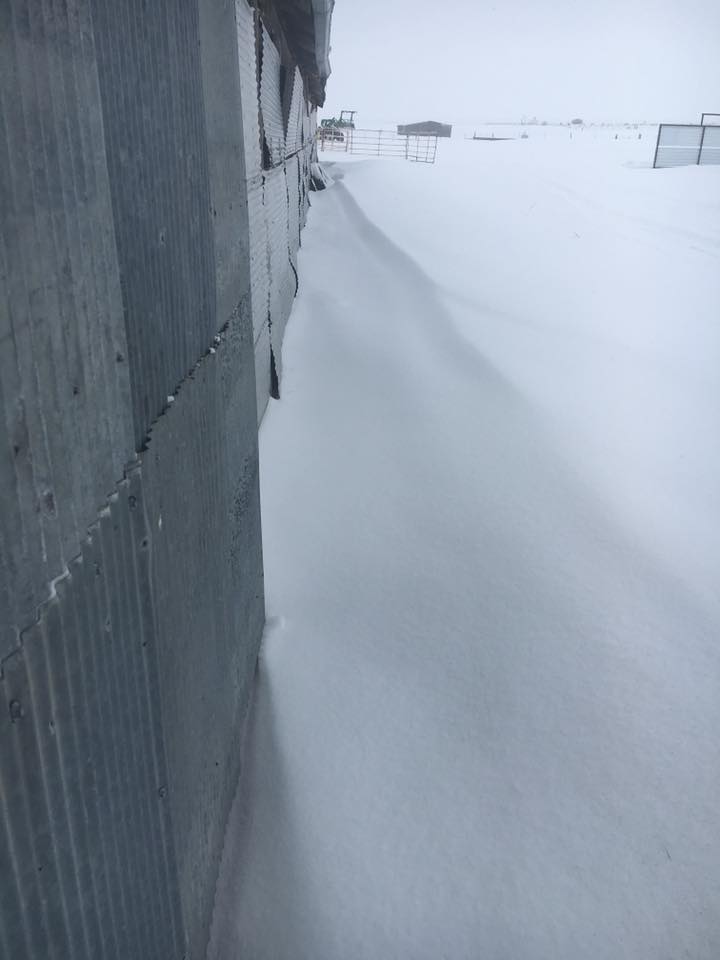 |
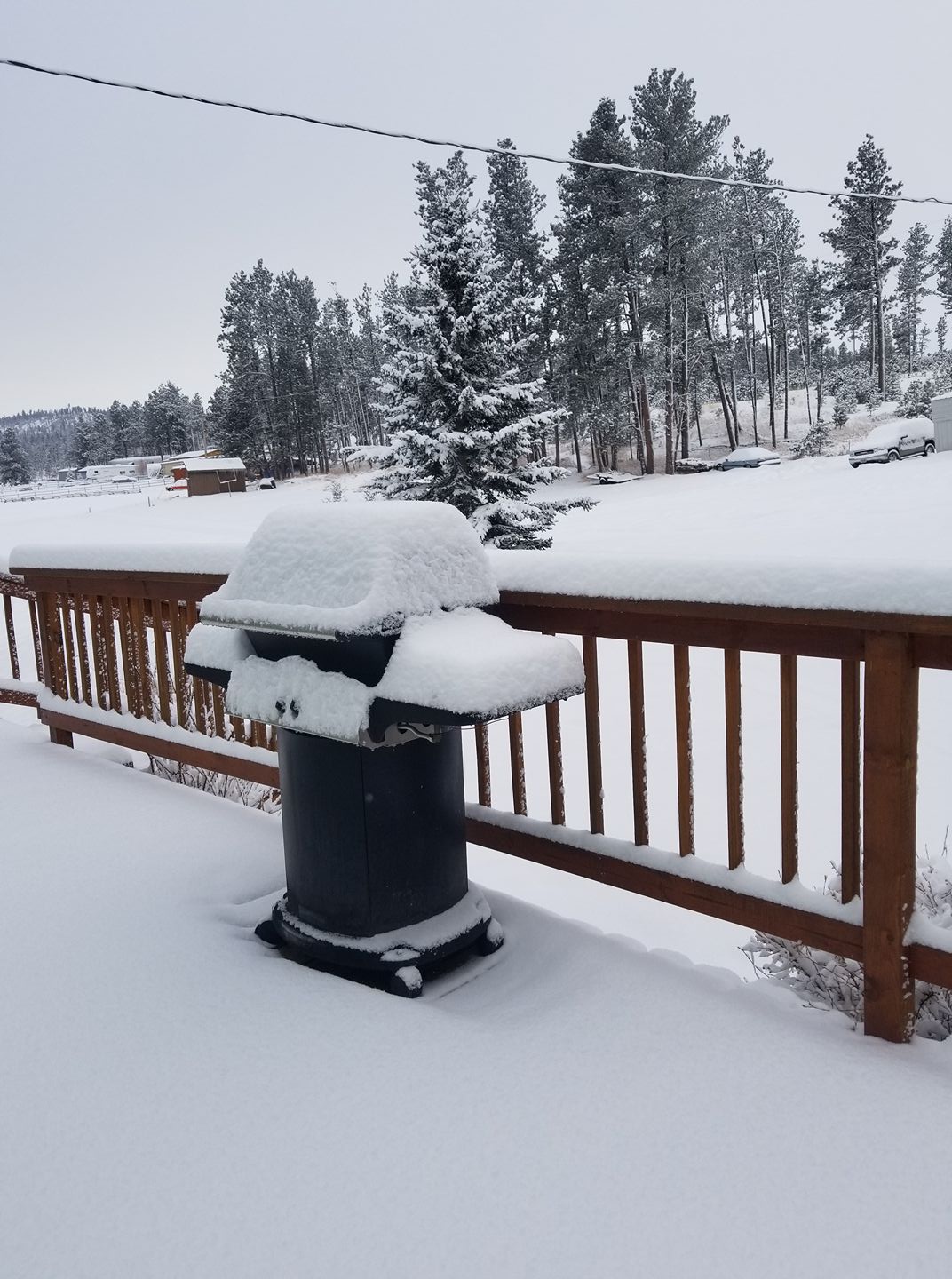 |
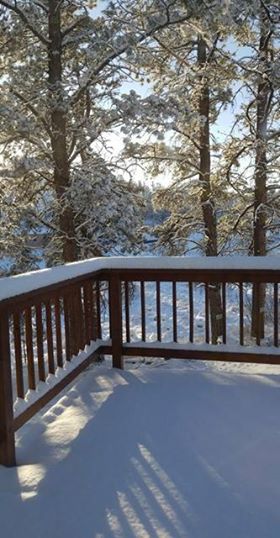 |
| Custer, SD Courtesy Joseph B. | Harding, SD Courtesy Karen and Tim S. | Near Hill City, SD Courtesy Katherine A. | Near Hill City, SD Courtesy Katherine A. |
Header
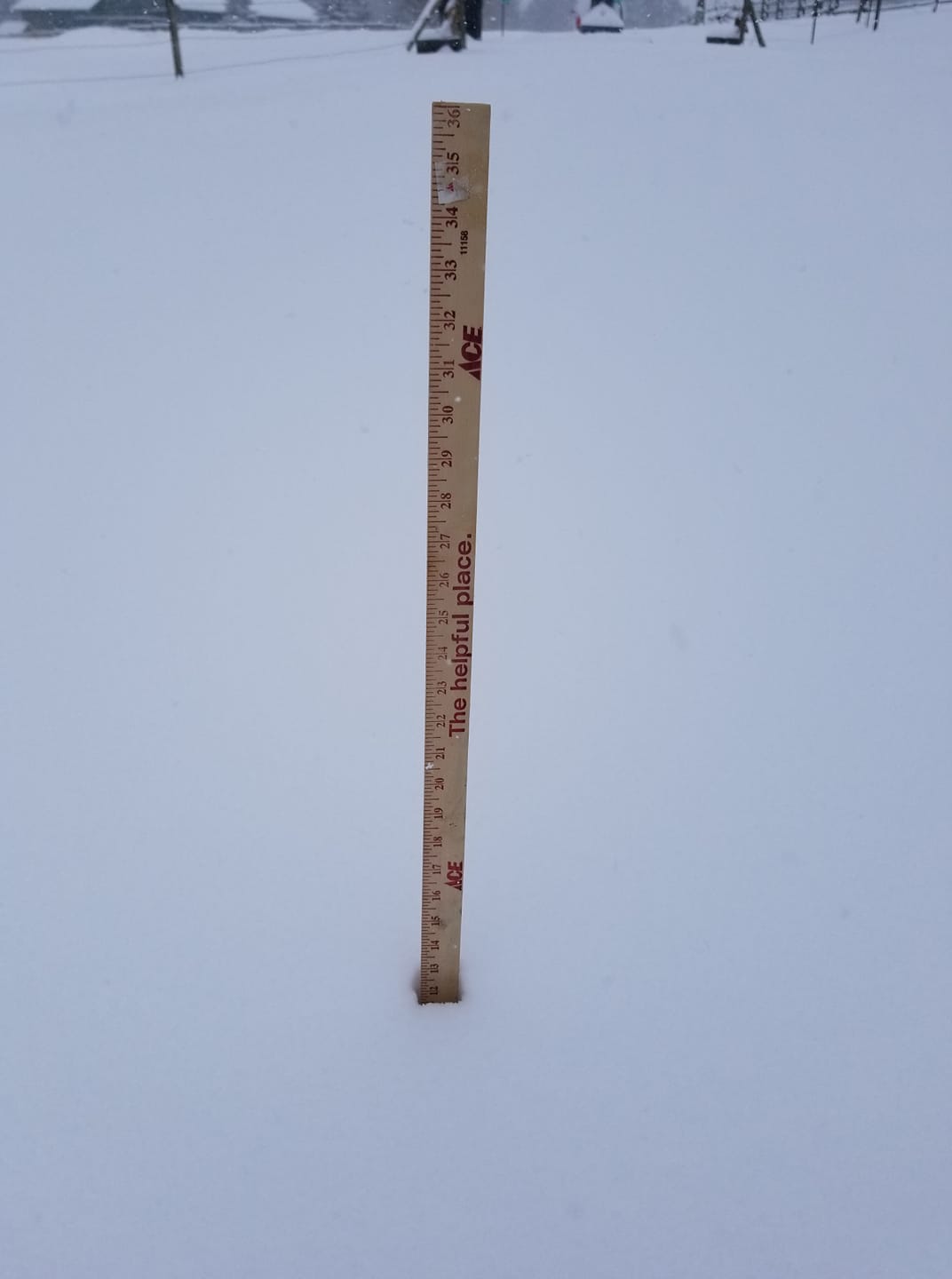 |
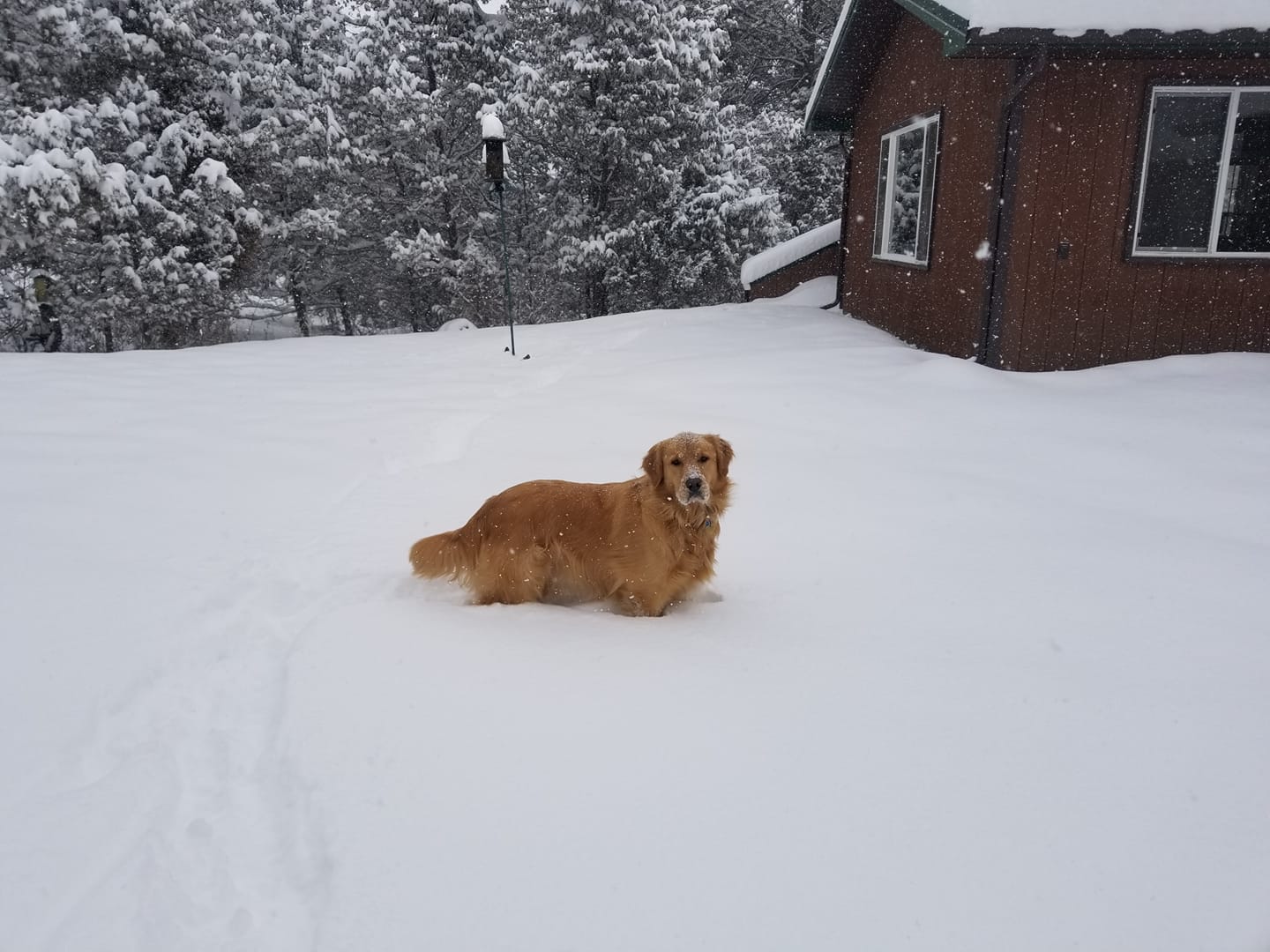 |
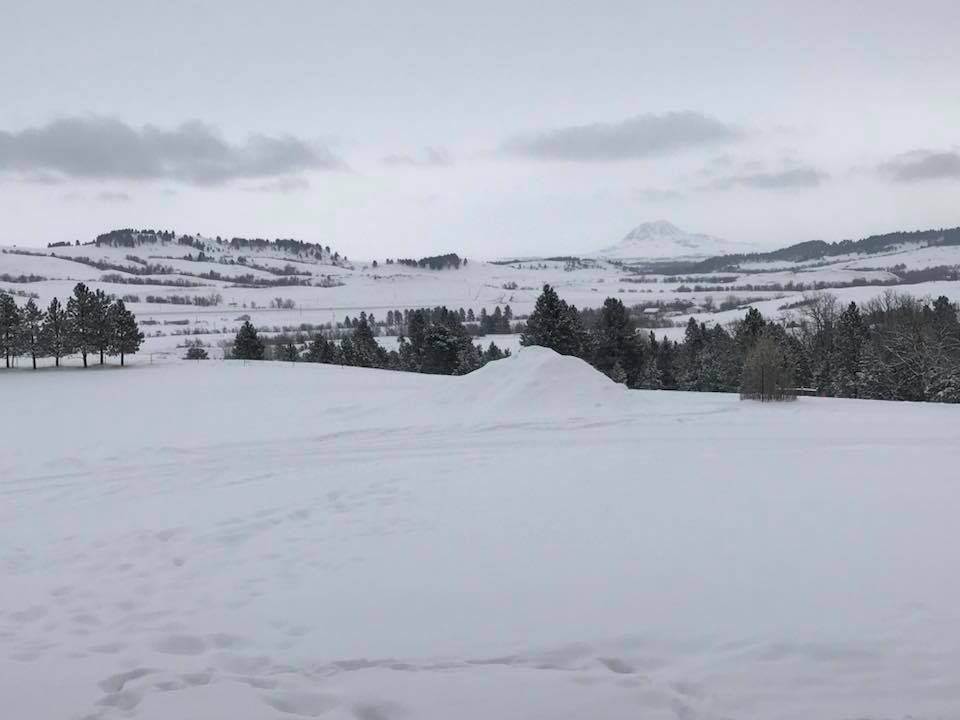 |
|
| Hot Springs, SD Courtesy Summer K. | Hot Springs, SD Courtesy Summer K. | Between Whitewood and Sturgis, SD Courtesy Tyffany J. |
Storm Reports
INCHES LOCATION ST COUNTY ------ ----------------------- -- -------------- 15.00 DOWNTOWN HOT SPRINGS SD FALL RIVER 12.00 1 WNW HOOVER SD BUTTE 12.00 BUFFALO SD HARDING 12.00 CUSTER SD CUSTER 11.00 DOWNTOWN NEWCASTLE WY WESTON 10.00 1 E BRIDGER SD ZIEBACH 10.00 2 ENE WHITE OWL SD MEADE 10.00 7 NE SMITHWICK SD FALL RIVER 10.00 REDIG SD HARDING 9.50 1 ESE DOWNTOWN NEWCASTL WY WESTON 9.50 4 W DOWNTOWN HOT SPRING SD FALL RIVER 9.00 2 NNW PIEDMONT SD MEADE 9.00 5 E PORCUPINE SD OGLALA LAKOTA 9.00 DOWNTOWN NEWCASTLE WY WESTON 9.00 13 W DOWNTOWN CUSTER SD CUSTER 9.00 3 SSE HARDING SD HARDING 9.00 14 NNW DOWNTOWN GILLETT WY CAMPBELL 9.00 21 NW FAITH SD PERKINS 8.50 3 ESE WHITEWOOD SD LAWRENCE 8.00 1 NNW SUMMERSET SD MEADE 8.00 CAMP CROOK SD HARDING 8.00 PINE HAVEN WY CROOK 8.00 24 SW BISON SD PERKINS 8.00 RED OWL SD MEADE 8.00 ORAL SD FALL RIVER 8.00 13 SSW DOWNTOWN NEWCAST WY WESTON 7.50 4 SSW REVA SD HARDING 7.00 2 NNW SAINT ONGE SD LAWRENCE 7.00 8 SE HOOVER SD BUTTE 7.00 DUPREE SD ZIEBACH 7.00 21 NNW BELLE FOURCHE RE SD BUTTE 7.00 DOWNTOWN GILLETTE WY CAMPBELL 7.00 13 WNW UPTON WY WESTON 7.00 1 NE DOWNTOWN GILLETTE WY CAMPBELL 6.90 2 W OPAL SD MEADE 6.80 1 NNW UPTON WY WESTON 6.40 HILL CITY SD PENNINGTON 6.20 3 ENE NEWELL SD BUTTE 6.00 15 ENE CHERRY CREEK SD ZIEBACH 6.00 8 W KIRLEY SD HAAKON 6.00 PHILIP SD HAAKON 6.00 5 SE SOUTH EAGLE BUTTE SD ZIEBACH 6.00 10 WNW FAIRBURN SD CUSTER 6.00 1 NNE RALPH SD HARDING 6.00 5 ENE DOWNTOWN CUSTER SD CUSTER 6.00 4 NNW WHITEWOOD SD LAWRENCE 5.50 6 SW BEULAH WY CROOK 5.50 4 SSW HILL CITY SD PENNINGTON 5.30 MOUNT RUSHMORE SD PENNINGTON 5.20 LEAD SD LAWRENCE 5.00 1 N ROCKYPOINT WY CAMPBELL 5.00 7 ESE GLAD VALLEY SD ZIEBACH 5.00 3 SSE SORUM SD PERKINS 5.00 6 S LODGEPOLE SD PERKINS 5.00 1 SE LADNER SD HARDING 4.70 DOWNTOWN SPEARFISH SD LAWRENCE 4.70 1 S DOWNTOWN BELLE FOUR SD BUTTE 4.50 9 SSE DOWNTOWN GILLETTE WY CAMPBELL 4.50 5 SSW MYSTIC SD PENNINGTON 4.50 1 E DOWNTOWN RAPID CITY SD PENNINGTON 4.30 5 NNW DOWNTOWN SPEARFIS SD LAWRENCE 4.30 5 E PIEDMONT SD MEADE 4.30 RAPID CITY AIRPORT SD PENNINGTON 4.00 2 ESE HEREFORD SD MEADE 4.00 4 S DOWNTOWN RAPID CITY SD PENNINGTON 4.00 1 S LEMMON SD PERKINS 4.00 4 W ELLSWORTH AFB SD MEADE 4.00 1 NW PIEDMONT SD MEADE 4.00 9 NW DEERFIELD SD PENNINGTON 3.60 1 NE BOX ELDER SD PENNINGTON 3.50 1 WNW HULETT WY CROOK 3.50 SUNDANCE WY CROOK 3.50 7 NNE MEADOW SD PERKINS 3.50 1 NNW DOWNTOWN SPEARFIS SD LAWRENCE 3.40 3 ESE CHEYENNE CROSSING SD LAWRENCE 3.20 HULETT WY CROOK 3.00 3 ENE ROCHELLE WY WESTON 3.00 CLARETON WY WESTON 3.00 9 NW DEERFIELD SD PENNINGTON 3.00 HERMOSA SD CUSTER 3.00 1 NE DOWNTOWN RAPID CIT SD PENNINGTON 3.00 7 SSE CHEYENNE CROSSING SD LAWRENCE 2.90 2 N DOWNTOWN RAPID CITY SD PENNINGTON 2.70 3 WNW DOWNTOWN RAPID CI SD PENNINGTON 2.50 1 ESE PACTOLA RESERVOIR SD PENNINGTON 2.50 6 WSW FOLSOM SD CUSTER 2.30 2 NE HISEGA SD PENNINGTON 2.30 3 NNE JOHNSON SIDING SD PENNINGTON 2.00 WHITE RIVER SD MELLETTE 2.00 15 NNE RECLUSE WY CAMPBELL 2.00 1 NNE SUNDANCE WY CROOK 2.00 WASTA SD PENNINGTON 2.00 11 NE WESTON WY CAMPBELL 2.00 10 ESE HERMOSA SD CUSTER 1.90 KADOKA SD JACKSON 1.70 2 SW HAMILL SD TRIPP 1.50 3 ENE KYLE SD OGLALA LAKOTA 1.20 14 NNE MARTIN SD BENNETT 1.00 1 NNE ROSEBUD SD TODD 1.00 10 WNW PINE TREE JUNCTI WY CAMPBELL 1.00 2 SSW NORRIS SD MELLETTE 1.00 6 NNW EDGEMONT SD FALL RIVER
 |
Media use of NWS Web News Stories is encouraged! Please acknowledge the NWS as the source of any news information accessed from this site. |
 |